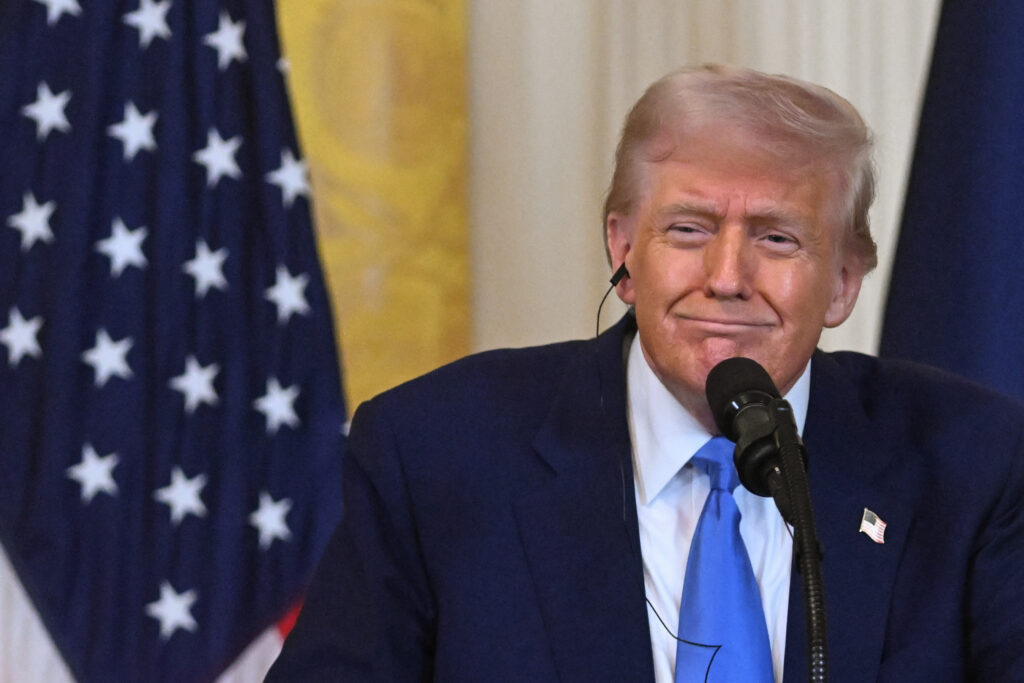🔴 Website 👉 https://u-s-news.com/
Telegram 👉 https://t.me/usnewscom_channel
In 2003, I witnessed the end of an era as a junior employee of Levi’s when the company closed its last factories in America.
We had held out as long as we could. The market had shifted rapidly since NAFTA went into effect in January 1994, and even more so when China locked in most-favored-nation status in 2001.
Consumer prices were dropping because of cheap labor — forced labor, in the case of China — and our jeans were expensive by comparison.
Consumers said they valued the quality of our US-made products. But they weren’t willing to pay more for it. We were losing market share rapidly.
So the iconic American brand went all-in on offshore manufacturing, and US industrial decline accelerated.
Today, the United States no longer has ample facilities to produce apparel, nor do we have the skilled labor to make it.
Some brands — American Giant and Origin USA, for example — have done amazing work to revive the American apparel industry. They build their own factories and train the labor.
But it’s not enough.
If you’re a small upstart clothing brand like mine, there aren’t many places to turn to here in the United States to manufacture your products. No matter how actively we pursue US producers, capacity is difficult to come by.
Our approach is to ensure our athletic gear is made ethically, no matter where we make it. But other than our US-produced water bottles, our products are largely made in Peru and Vietnam.
We are priced in the “premium” sector for athletic apparel. It’s not like we can compete on price with clothing brands like Shein, offering $5 leggings and $3 tees. Nor are we trying to.
Americans have been trained on cheap goods. With prices on clothing down 50% in the last 20 years, we buy twice as much as we did in the early 2000s — and wear it half as long.
The average American buys about 68 items of new clothing a year, and wears most of them fewer than three times before throwing them away.
Blame fast fashion. Brands like H&M and Zara, and now Shein and Temu, have changed the way we shop.
We’ll buy a cute outfit for one night out. It feels like paper, but it sparkles and looks good in a selfie — so we wear it once, then toss it.
Even if we recycle the stuff we hardly wear by dropping it off at Goodwill, 85% of it still ends up in a landfill.
Americans say they want American-made clothing. They’ll even say they’re willing to pay 20% more for it.
But in reality, it costs far more than a 20% premium to make apparel here.
Enter tariffs.
President Trump is using tariffs — or the threat of them — to bring back American production.
The idea is to eliminate the cost disadvantage American manufacturers face when they compete against countries whose goods are cheap because they’re made with underpaid or forced labor.
Will Trump be successful in leveling the pricing playing field over the long term? We won’t know right away.
But if cheap goods from China become less cheap compared to those made ethically, products from American companies like mine become more viable.
If broad tariffs put a dent in fast fashion — an environmental hazard and a human rights disaster — it’s all for good.
In my own business, I’m already seeing some positive effects.
Peru, where we make our cotton T-shirts and sweats, has eliminated almost all tariffs on US exports, and its remaining levies will be phased out by 2026.
That means the Trump administration is unlikely to slap Peru with heavy tariffs, and our pricing is likely to hold.
And just this week Vietnam, where we source our leggings and high-performance workout gear, rushed to reduce tariffs on American goods to “improve trade balances” with the United States.
If tariffs open the door to more American manufacturing, giving us more opportunity to expand US production of my company’s goods, I’m in.
Even if our costs are impacted due to tariffs, I’ll hold steady with our current pricing.
We’re an upstart business. If we must endure a bit of margin reduction in the short term to keep growing sales, we’ll do just that — to do the right thing for the consumer and the market.
I’m not an economist, I’m a businessperson. And I’m not opposed to tariffs if they work as intended.
If they restore American manufacturing, rebuild the middle class, and create a market for higher-quality, ethically made products, I say bring them on.
Jennifer Sey is founder and CEO of XX-XY Athletics.
